As is the case with almost all businesses, a hotel can easily attract customers through its aesthetics, appearance and atmosphere. A modern or boutique hotel with well-designed storefronts and unique design concepts would attract a lot more walk-ins and curious buyers. A makeover or a renovation, which may involve installing a fireplace, chandeliers, or terraces in every hotel room, would add an element of modern beauty to your hotel. This could cultivate an experience that many guests could only achieve in a luxury destination.
While many hotels aim to create a unique experience, there is one thing that all hotels should have in common: functionality. This part may include the lighting systems in your lobby and guest rooms, hooks in the bathrooms, the best coffee and tea in the restaurant and clean, comfortable beds.
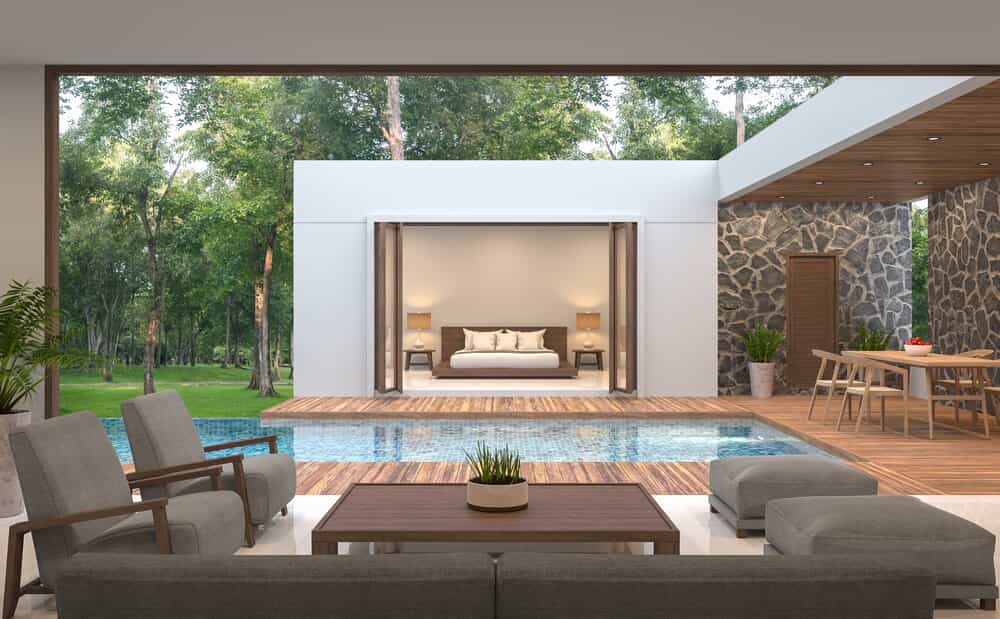
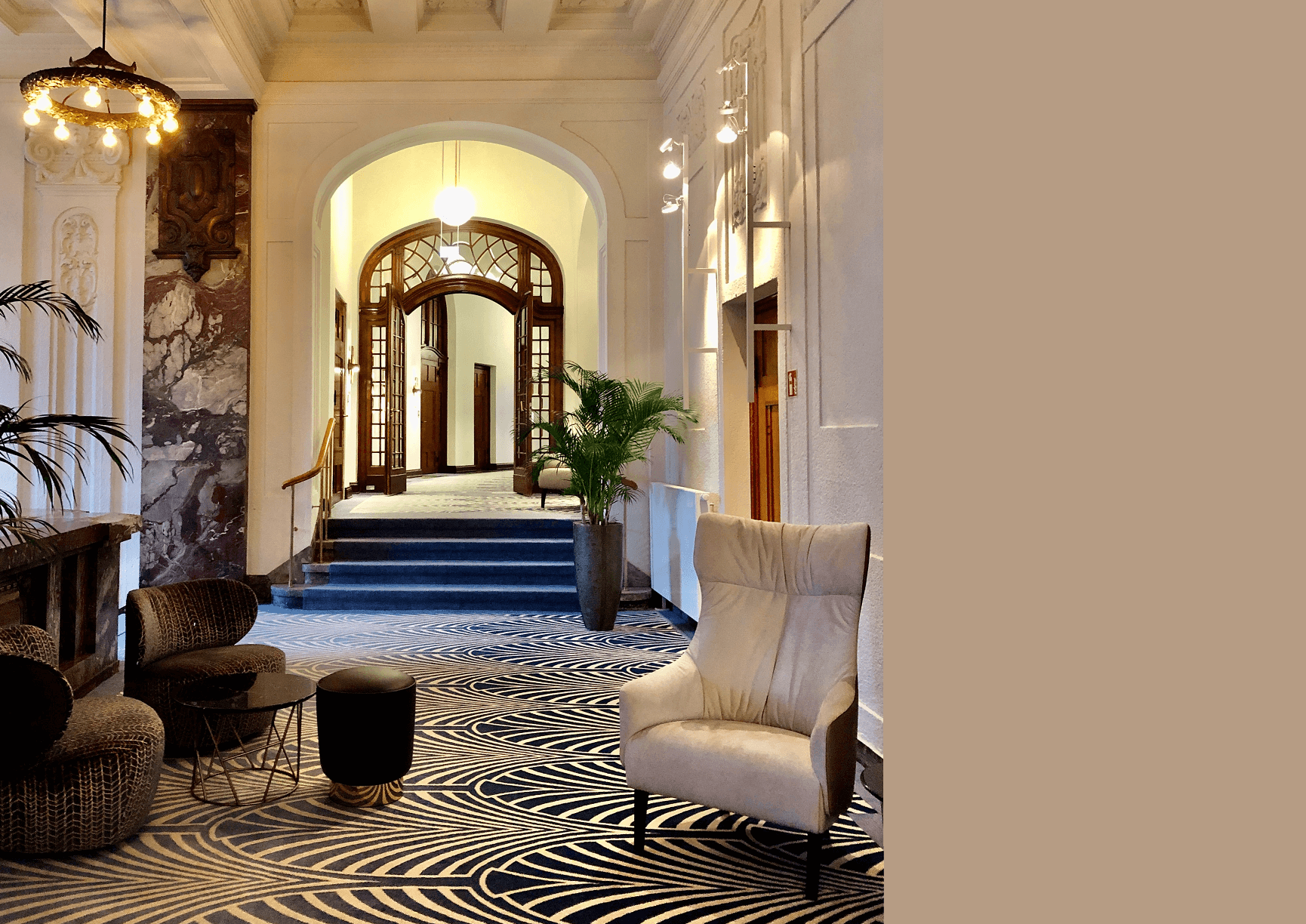
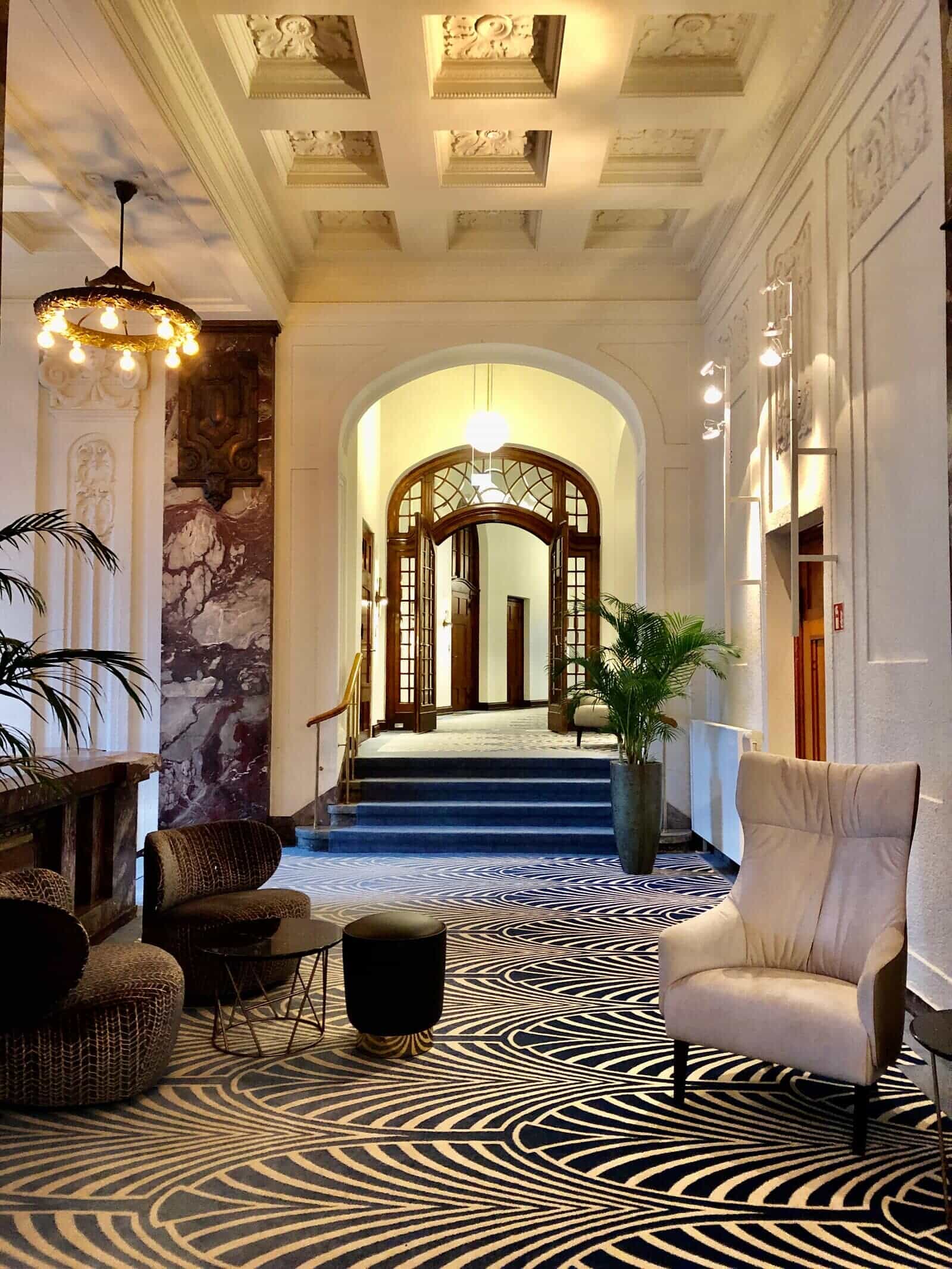
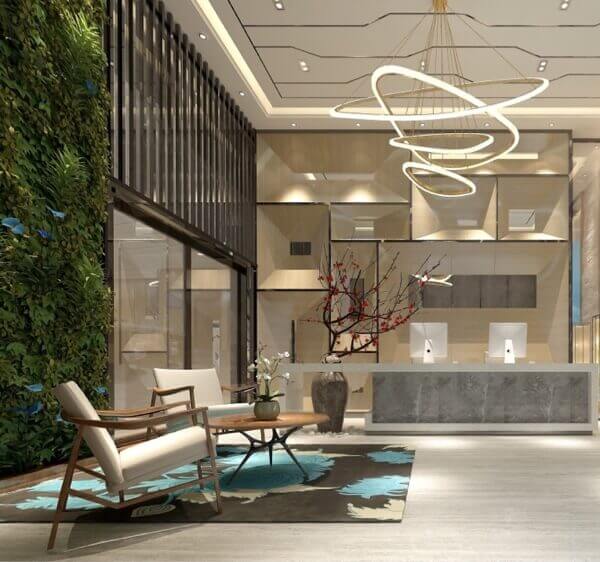
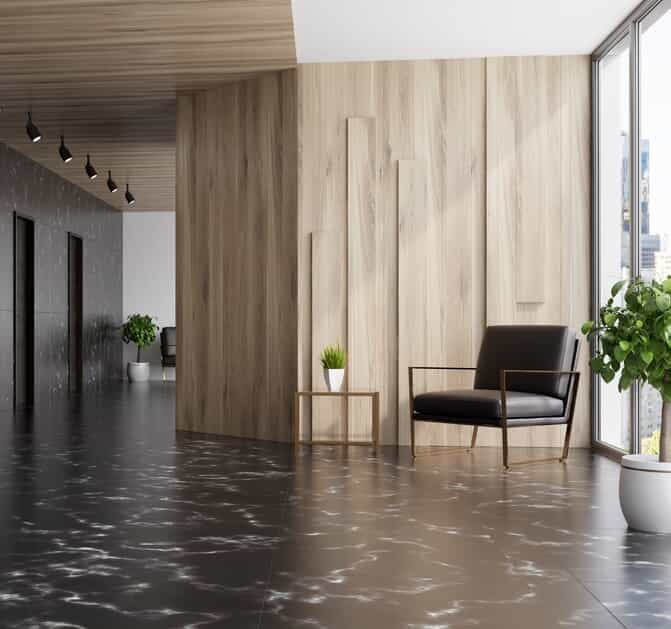
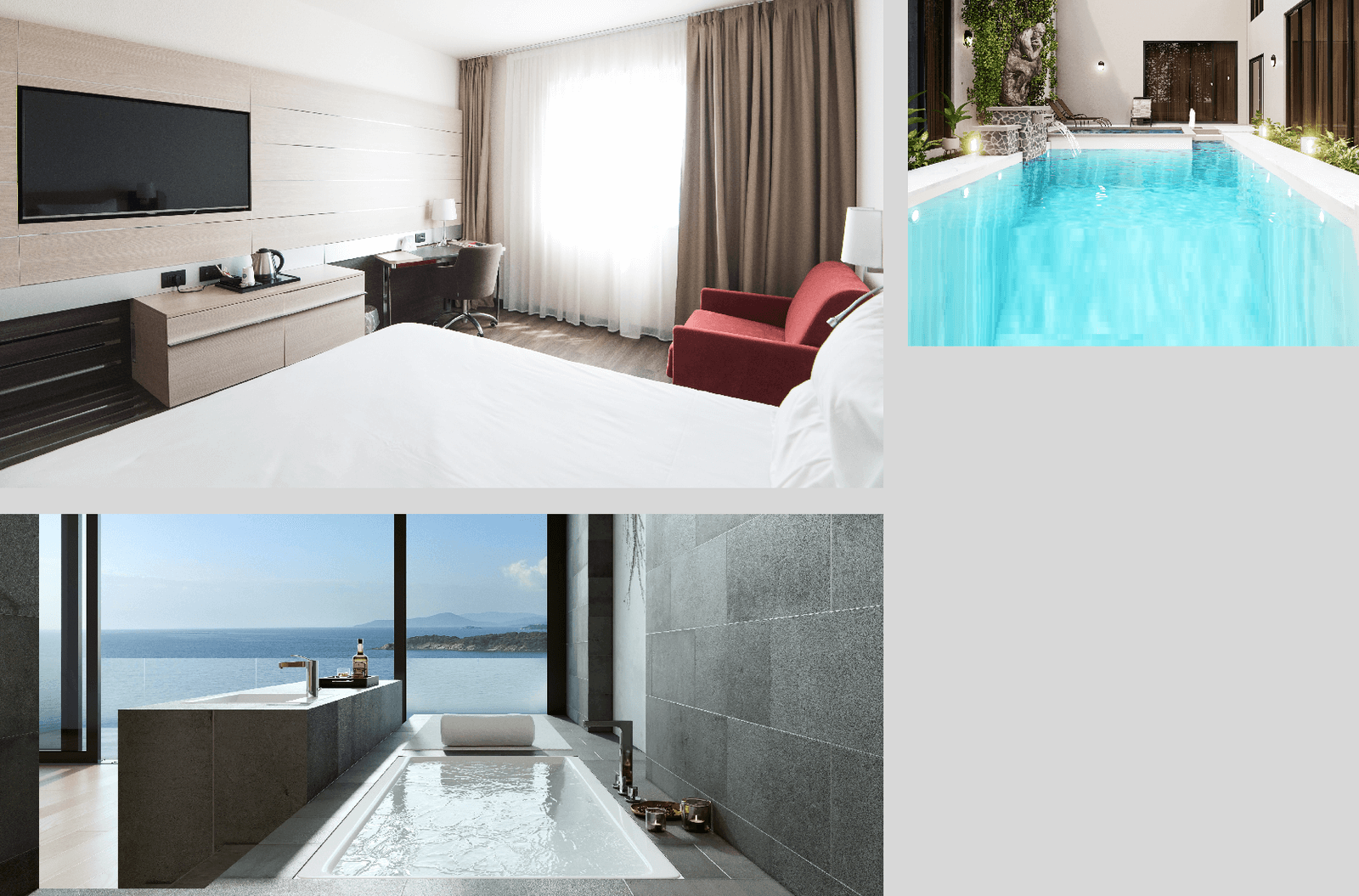
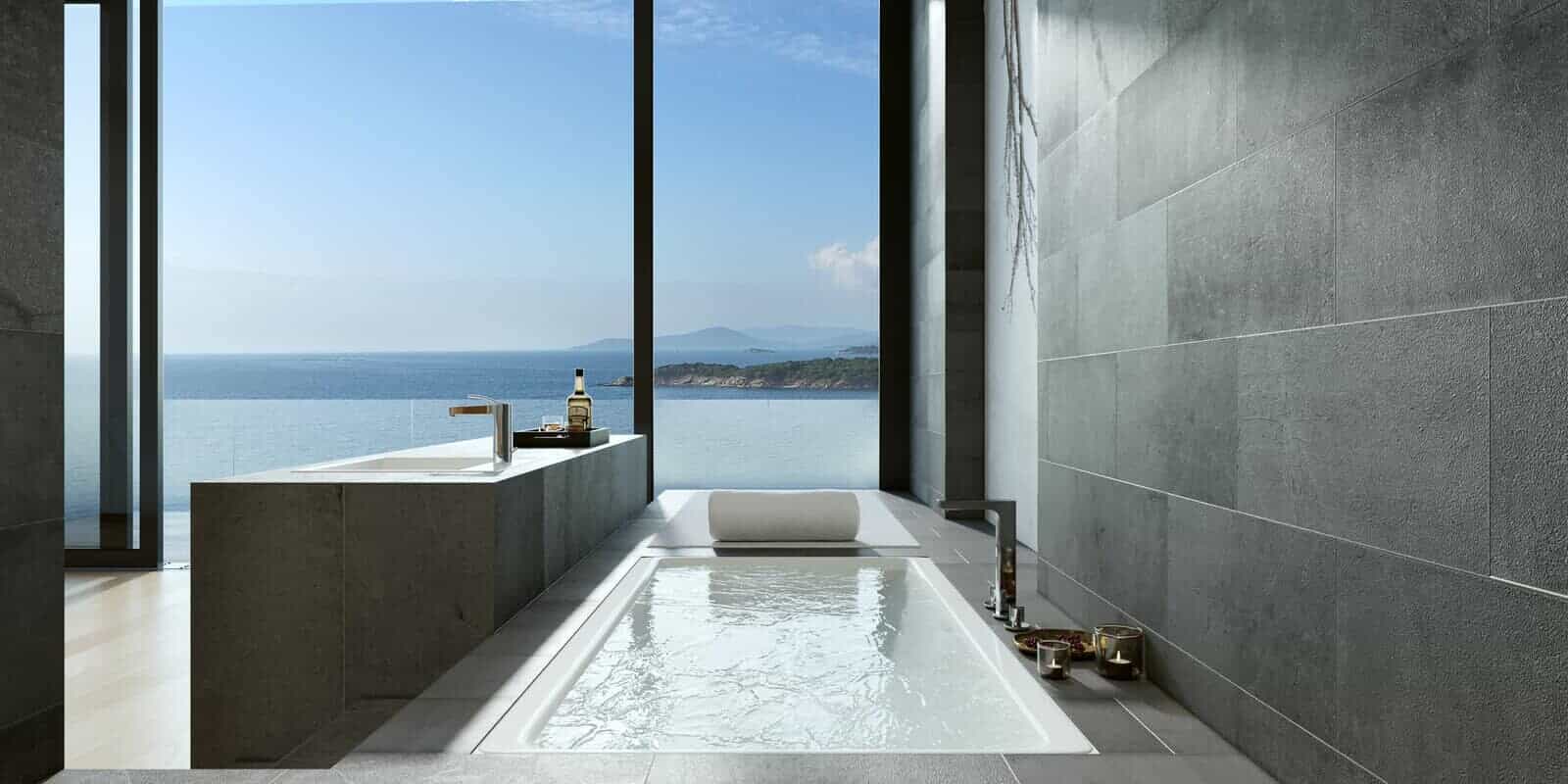
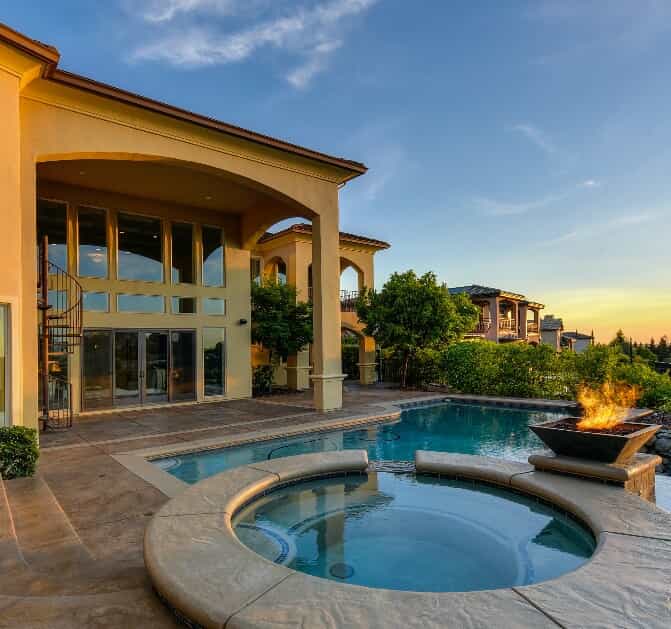
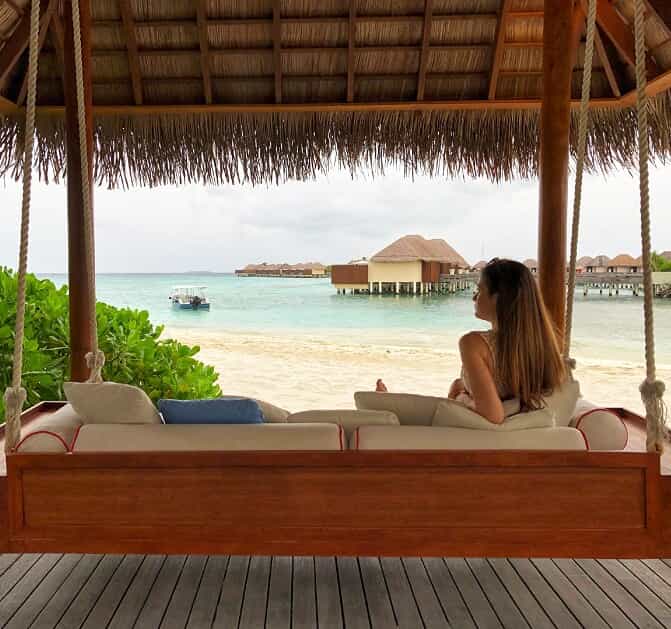
Interior designers are required to go through specific schooling and training before they can practice. Their interior design work includes studying color and fabrics, using computer-aided design software, space planning, designing furniture pieces. They work closely with building and landscape architects and contractors to achieve the client's desired look.
Unlike interior designers, interior decorators aren't required to undergo formal training. This is because their work primarily focuses on aesthetics. They do not participate in renovations or structural planning. Typically, interior decorators come into the scene to focus on polishing the surface look of a place.
The current average annual salary of a hotel interior designer is $51,197. In the hierarchy of hotel interior design firms, the salary would vary depending on the position or job title and expertise of the professional as well.
In hospitality interior design, the hotel interior designers create spaces in the hotel that involve the guests and the host, that is the hotel, from space planning of the interiors (including artwork) that emphasizes innovation with a far reaching vision. The interior design structures are made to be functional, attractive and beneficial to the quality of life of the guests or occupants to provide them an extensive experience of luxury and style and transformed hotel brands that would last for decades.
The best interior designers in the world whether freelancers or with interior design firms do collaborative work with the services of architects, contractors and engineers and decorators to form a team to create spaces, artwork, for an interior design with innovation, luxury and style.
Hospitality interior design is a discipline of architecture that focuses on the development and branding of the interiors of commercial premises of the hospitality industry like hotels, spas, restaurants, country clubs, lounges, in any part of the world, following the form of striking hotels, within the budgets set by their clients.
A hospitality design firm is an interdisciplinary firm involving projects with collaborative service among the interior design firms, architects, engineers and contractors, decorators and other specialists to create beautiful spaces for optimal customer service in hotel brands and the hospitality industry, hotels, restaurants, country clubs, etc. For example, restaurant interior design creates the design and appearance to attract the customers to experience the food offered.
Hospitality architecture deals with the architecture projects in the hospitality industry - hotels, restaurants, country clubs, spas, etc.
Given competitiveness in the hotel industry, they need to remain up to standards, maintaining a fresh design and enhanced comfort along with the latest technology.
There are three cycles in a hotel's life: refurbishment, basic and complete renovation. These are important to ensure that the hotel lobby, guest rooms or meeting rooms remain up to standard and modern.
Renovating hotel spaces is incredibly important. Refusing to update your designs or fixing up your space could negatively affect your brand and cause your guests to leave.
The amount of money a hotel designer charges varies depending on the needs of the company in question. The average cost of an interior designer is between 1500THB and 6000THB an hour. The fee can increase in addition to the cost of hotel and room furnishings, lights, and other details.
Most hotel developers spend 56,000THB to 340,000THB to hire a design firm for consultation, remodeling or renovation work, management, and furnishing.
The price varies and depends on a few things including the objective of your project, your hotel's location, and the scope of the design work.
Whether you're operating in a mall, an airport or in a boutique hotel, installing glass walls can give you plenty of advantages. For one, a glass wall can help you market your products without any additional work.
Glass walls give you an easy way to separate different interior spaces, including hallways to more hotel rooms, a cigar lounge, or a pool lounge. It also allows you to display an aspect of your hotel that highlights your brand, such as a fountain, piece of art, or an exclusive product available only for guests. These can easily capture the eye of your customer and make you distinct from other hotel buildings.
Glass walls come in a variety of styles and frames, with some even available in oak frames. As hotel owners, you also have control over the frosting of each partition. Fully transparent glass can enhance your guest's experience, while opaque glass walls can help create a sense of exclusivity.
In other hotels, they use frosted glass walls to separate the bathrooms and bedrooms. This style can also give the illusion that the room is bigger than it actually is.
One tip experts give is to match your glass wall designs to your architecture, color scheme and lighting. This can create one-of-a-kind experiences for your guests.
On average, it's recommended that hotels should renovate every three years. But the easiest way to determine when renovations are required is if facilities are starting to look worn or dated, then there is a need for an upgrade in order to maintain competitiveness and revenue.
It’s not a secret that a space’s interior design is one of the key factors that determine the appeal and value of a hotel or vacation rentals. A smart design scheme can easily boost your business’s profitability.
However, many hotel owners often overlook one important aspect that has the ability to bring life to any room: functionality.
In many hotel projects, architects and interior designers are incorporating innovative solutions to empower their customers and staff members, which are important in improving hotel and retail operations.
Here are some ways you can use smart design ideas to boost your retail or hotel services:
There are some crucial aspects of design functionality that you have to consider during the design process. For example: hotels are likely to earn more money and receive better feedback from their clients if its housekeeper takes lesser time cleaning hotel rooms.
To achieve this, many hotel owners opt against using narrow stone slabs to promote ease of cleaning. Additionally, smoother and rounder surfaces in rooms are more likely easier to clean, based on the experiences of housekeepers we’ve talked with.
As with any hotel business, happy employees are more likely to give your guests better service and a great customer experience. Working operations, especially in a boutique hotel and the hospitality industry, are brutal by nature. This is why it’s incredibly important to invest more in furniture and other products that could make your employees’ lives easier.
Let’s take waiters as an example. Waiters walk miles catering to their guests. Many use traditional silver trays as service trays, which weigh at least 30 ounces. Improve their productivity and happiness by switching to a slick carbon tray instead.
The reason why designers are important in hotel projects is that they can give you important inputs that could help you keep your operations running smoothly.
Aesthetics is very important in a store’s design. In a boutique hotel, everything follows the designer’s idea, down to the hotel room and doors.
However, hotels should consider factors in their interiors that go beyond looks. If you’re selecting seating chairs, take your guest’s comfort into account. Even chairs using beautiful fabrics can be extremely uncomfortable.
Before ordering a full set, try one out in combination with the table. This would help you ensure that the seating height has the right distance from the tabletop or any other furniture you plan to pair it with. You can also test the fabrics to see if any might trigger allergic reactions. This should also apply to cushions if you plan to include any along with your furniture.
Another thing you must consider is your lighting fixture, especially in restaurants, retail stores, or the studio. Good lighting can be the key to creating day and night scenes without the need to change too many details at the site.
The hospitality industry is one of the biggest industries anywhere in the world. Interior designers in this industry are tasked with elevating spaces with a certain style and mood in mind, while also learning how to fuse luxury and functionality for financial gain.
Much like in the world of fashion, there are also trends and surprises that designers follow to ensure that their project is eye-catching. Here are the seven best trends designers predict will rule hotel design.
Putting environment front and center
In the residential sector, guests are now constantly looking for places with an authentic and results-driven approach to sustainability. This shift is also happening in the hospitality industry, with more and more hotels taking responsibility to be better for the environment.
Some hotels have switched to using carbon-neutral paint and air-purifying sculptures. Others have replaced normal showerheads to water-saving alternatives, and switching out plastic bottles for refillable carafes for hygiene products.
If you’re not ready to take that leap, there are other ways to be eco-friendly with your interior design. Bringing nature indoors through large-scale plant installation and art like living landscape murals can have significant effects on nature. It can also give some of your guests that connection to the environment.
Layer your designs
In modern days, the hospitality sector is seeing a shift from polished finishes to more nuanced surfaces. These aspects can help a hotel appear more relaxing and honest.
Many design experts believe reusing and repurposing a product could help keep a hotel within the eco-friendly ethos. This is why many designers turn to layering designs by mixing vintage pieces with recycled objects to create rich environments worthy of luxury hotels.
Self-care is a must
The hospitality sector is now moving toward giving guests a more holistic experience by giving them elements of self-care.
Take Sweden’s Arctic Bath hotel as an example. They provide guests access to open-air cold baths, which ticks all the boxes for self-care. Additionally, it also gives guests a connection to the earth while minimizing their carbon footprint.
Build a relationship with technology
Gone are the days where guests line up to check in a hotel. These days, other hotels have integrated technology to limit guest interaction. Now customers are walking in the hotel doors and straight to self-check-in, which gets them to their room quicker.
This type of design allows the hospitality sector to focus more on fostering an unforgettable arrival experience for its customers.
One thing to note, however, is that it’s still important not to lose the human element.
